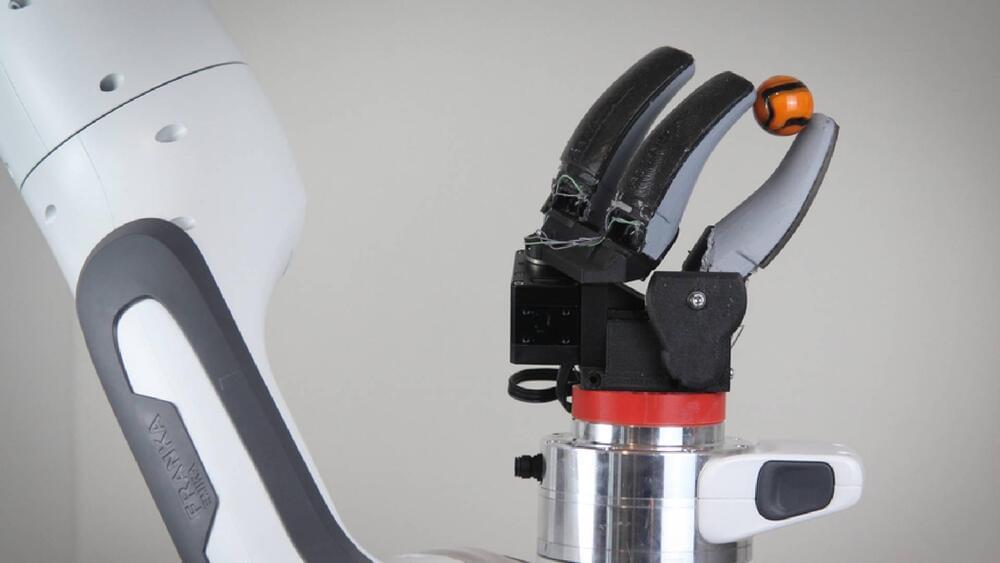#medicalAI
Generative AI for medical imaging can create infinite synthetic images of the human anatomy. These large, synthetic datasets are used for training generalizable AI models that can learn from evolving patient data while preserving patient privacy. Learn how MONAI, a framework for building and deploying medical AI, and partners like King’s College London, Mount Sinai, and East River Imaging are using generative AI to study disease and make AI decisions and predictions more accurate, trusted, and safe.







